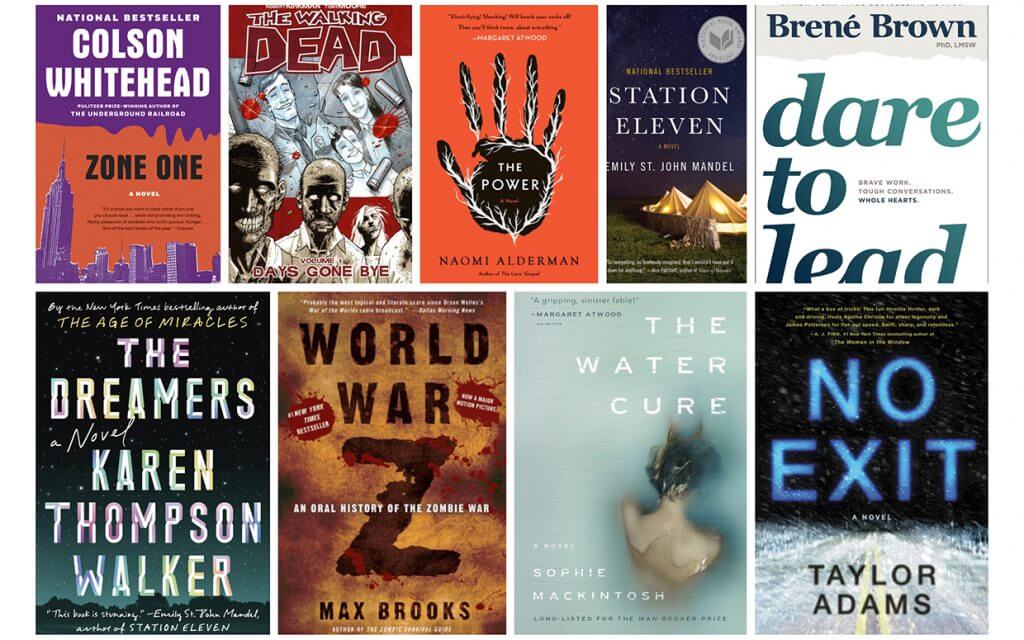By Lucia Cubb
Zombies, monsters and unavoidable disasters: we’ve all imagined what it would be like to live in a world that was ending. With the help of apocalyptic novels, visions of world-ending catastrophes written have spurred the imaginative minds of many, and the genre has created a huge market for itself.
Dating back to as early as 200 BCE, apocalyptic literature has been around for many centuries. Stemming from post-Exilic Jewish culture, the genre was popular amongst early millennialist Christians and featured an imminent crisis, universal judgment, or supernatural chaos. Literature of this time typically revolved around questioning God’s purpose by means of revelation as religion was incredibly important within society, however, apocalyptic novels of the recent centuries have tended to explore the more fantastical and outrageous ways the world could end.
From H. G. Wells’ The War of the Worlds (1897) to Pierre Boulle’s Planet of the Apes (1963), modern-day apocalyptic literature features a large display of creatures set to destroy the earth. Exploring different ways the world could end, people became obsessed with seeking answers and possibilities to potential extreme disasters, causing a surge in popularity for this genre. Being so well liked, many of these books have been transformed into movie productions, hitting the screens and drawing the attention of millions of people.
However, War of the Worlds was introduced to media technology in a slightly different fashion. On the 30th of October 1938, the novel was broadcasted on the radio, read by American director Orsen Welles. Although announced to be a dramatization of the story, national panic was swiftly created as those that had missed this announcement were quick to believe that Martian aircrafts and aliens had landed on earth. With the fear that was created, at least we can say H. G. Wells did a fantastic job at depicting an end of world scenario! The panic did eventually die down, however, many were left distressed, with threats of lawsuits even circling the press.
Looking at 21st century apocalyptic stories, authors seem to have focused on supernatural and natural/human induced disasters, straying slightly from the prospect of aliens taking over the world. Bird Box by Josh Malerman (2014) tells the story of a woman and two children attempting to reach safety under the threat of unseen malevolent creatures that cause people to go insane and take their own lives. Becoming a bestselling psychological and apocalyptic thriller, Bird Box was adapted into a movie in 2018, featuring on Netflix and becoming a major hit.
With apocalyptic literature soaring in the market, and movie adaptations catching the attention of people all across the globe, the genre has many mediums in which it can be appreciated. However, novels will forever remain the origin of world-ending disasters, starting with God’s judgement and continuing with aliens, supernatural beings, catastrophic tragedies and many, many more reasons for the destruction of the planet!
 
 
 
 
 



